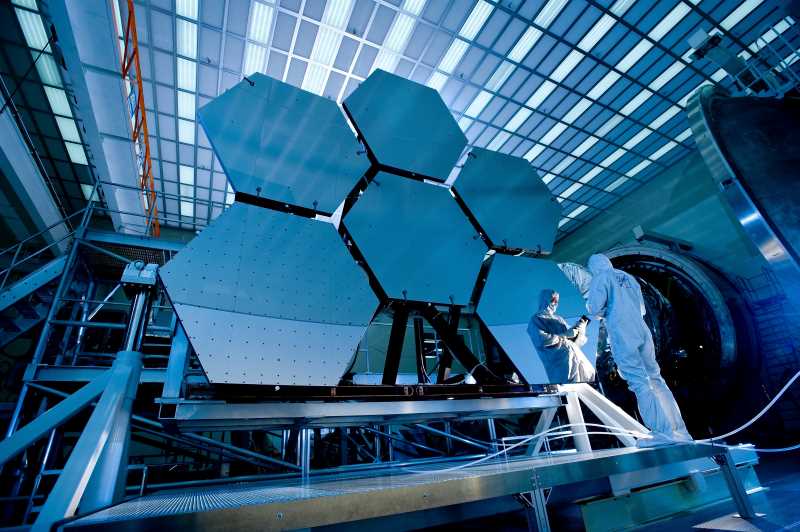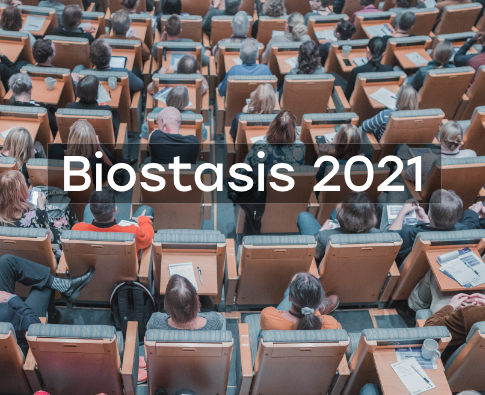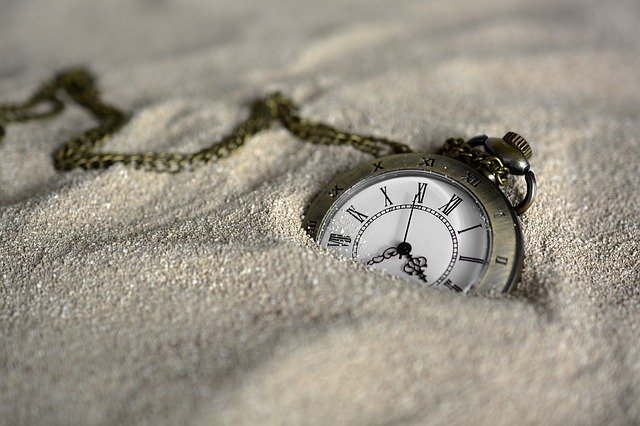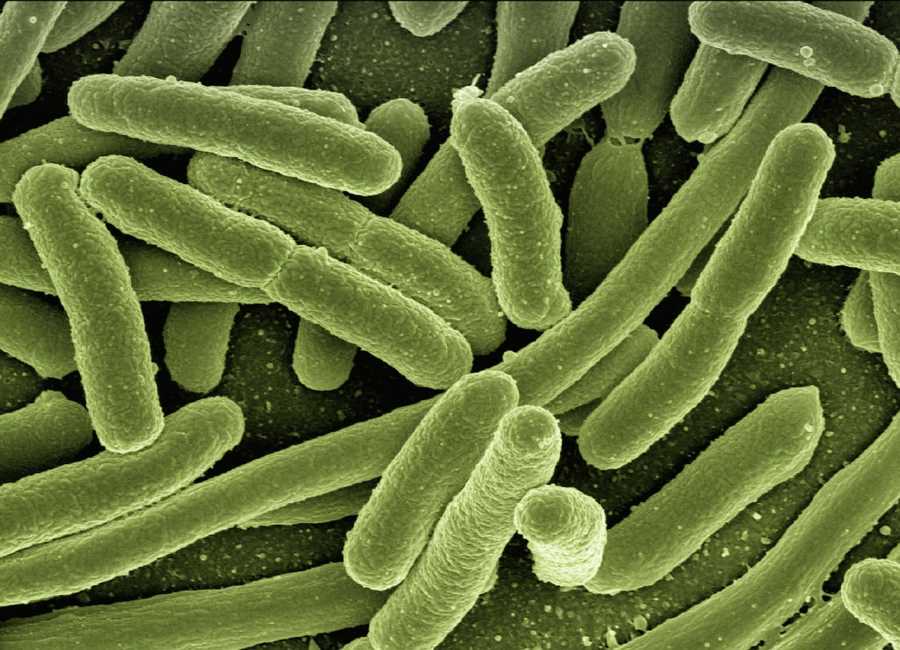Cryonics Organizations - Who Are They?
Cryopreservation storage facilities are currently located in the US (Alcor and Cryonics Institute), Russia (KrioRus), and China (Yinfeng). Another two facilities in Australia (Southern Cryonics) and Switzerland (European Biostasis Foundation) are expected to be operational soon. However, people who are interested in cryonics and have signed up to be cryopreserved, come from all over the world, and are not solely concentrated in the above locations. Therefore, it is necessary to have some intermediaries and local groups that can help individuals who are situated outside these countries. Cryonics organisations exist to fulfill this very role. They are generally formed as non-profit entities or charities, and act as intermediaries between their respective local cryonics community and the storage providers. Read on to know about their functions and how they can be useful for their members. Scroll down to find a list of the cryonics organisations in different parts of the globe, with links to their website for easy-access.
The importance of these organisations
In most cases, such cryonics organisations do not provide cryopreservation and storage services, so, why do they exist? As mentioned earlier, they help bridge the physical gap that exists between the place of deanimation and place of storage. Their expertise lies in the field of providing the ancillary services related to, and surrounding the cryopreservation of an individual. These include providing standby, stabilization, and transport services. Since optimum cryopreservation can only be achieved when these procedures are carried out on time, such pre-suspension service providers become crucial, particularly in the case of individuals who live far from the storage facility. Moreover, many of these organisations are engaged in research, development, and spreading of information related to cryonics.
Services provided by these cryonics organisations
Almost all these organisations primarily engage themselves in providing services such as standby, liaison, shipping of the body to the cryonics storage provider, verifying the legal death of the patient, providing cardiopulmonary support, administering the necessary medications and cryoprotectants, deployment of ambulance and emergency/standby teams, emergency response calls, and check-in services.
1. Check-in Services
Since it is difficult to predict when an individual might deanimate, monitoring their health and periodically checking-in becomes necessary. The cryonics communities spread across the globe play a significant role in this regard, and are ready to act in case of emergencies. There are watches, necklaces and rings available on the market that can be used to measure the pulse of a cryonics patient. These come with an emergency button through which an emergency signal can be sent to the local cryonics community who can in turn help the patient. To complement this, some organisations also provide these services through applications. For instance, the Cryonics Institute has its own “Check In” app. This app comes with an alarm and alert system which is used to keep a check on the concerned individual. If they fail to respond, the app will send an alert to five of their contacts with the location. Apart from this, certain cryonics communities also volunteer to provide personal check-ins and check-in calls to keep an eye out in case of emergencies. Tomorrow Biostasis is also coming up with its own “Biostasis App”. Equipped with functions like the emergency triggers, automatic triggers, etc., it will be useful in emergency situations and will be available to use by the entire cryonics community.
2. Standby and Emergency Assistance
An important functional goal of any cryonics organisation is to minimise the time between pronouncement of death and start of operations by the cryonics team. To ensure this, standby teams are generally stationed by the patient’s side, at a hospital or hospice care, when it is apparent that they are nearing legal death. The standby teams are made up of trained professionals who carry out the preliminary cryopreservation procedures, and are generally ready to be deployed on short notice.
3. Stabilisation
The quality of standby and stabilisation directly affects the structural preservation of cryonics patients. Cryonics is also a race against time, as such it is important to stabilise the patient upon deanimation to prevent tissue and cell damage. This is generally an extension of the standby service, whereby a team provides cardiopulmonary support, cools down and stabilises the body using the necessary medications. In certain cases, they also carry out blood washout and perfusion procedures. Ideally, these need to be initiated within 10 minutes of the patient’s deanimation. Successful completion of this stage keeps the body in the best state for carrying out cryopreservation and storage at the facilities.
4. Transportation
While perfusion is a step towards optimum cryopreservation, in the case of far-off patients, their timely and proper transportation is also vital. Transporting a cryonics patient is a sophisticated affair, and hence needs to be carried out by cryonics organisations with the necessary expertise. Once the preliminary procedures are completed, the perfused body must be transported either in a cryonics-ambulance, or flown down to the place of storage, depending on the distance. The requisite technological and scientific requirements for maintaining the low temperature throughout transport should be met, in order to avoid any structural or functional damage to the patient’s body.
5. Legal Support
Cryopreservation can be a legally complex affair as there is no particular law anywhere regulating it. Hence, if any difficulties arise after the sudden death of a patient, their family, or their representatives will most likely require advice about the will and distribution of assets. Some organisations, such as KrioRus, provide these services as well.
6. Research and development
Many of these organisations are also engaged in conducting vital research and development activities, thereby adding to the overall utility of cryonics. The results of research projects undertaken by these organisations are documented and made available in the form of practical training manuals, technical reports, templates for various documents required for the cryonics sign up process, etc. These are useful to anyone, from cryonics storage and service providers, to the general public interested in learning more about cryonics.
7. Miscellaneous Services
As cryonics is still in its infancy, its promotion is important. Some of these organisations also carry out promotional activities by organising conferences, conducting cryonics training in their regions, having informal meet-ups to discuss all things cryonics. They also engage in press activity to build a positive image of cryonics, and address the myths surrounding it.
These cryonics organisations, by performing their respective functions, make cryonics more feasible to people in different regions. This undoubtedly can also be seen as a step towards globalizing cryonics, transcending borders and distance.















